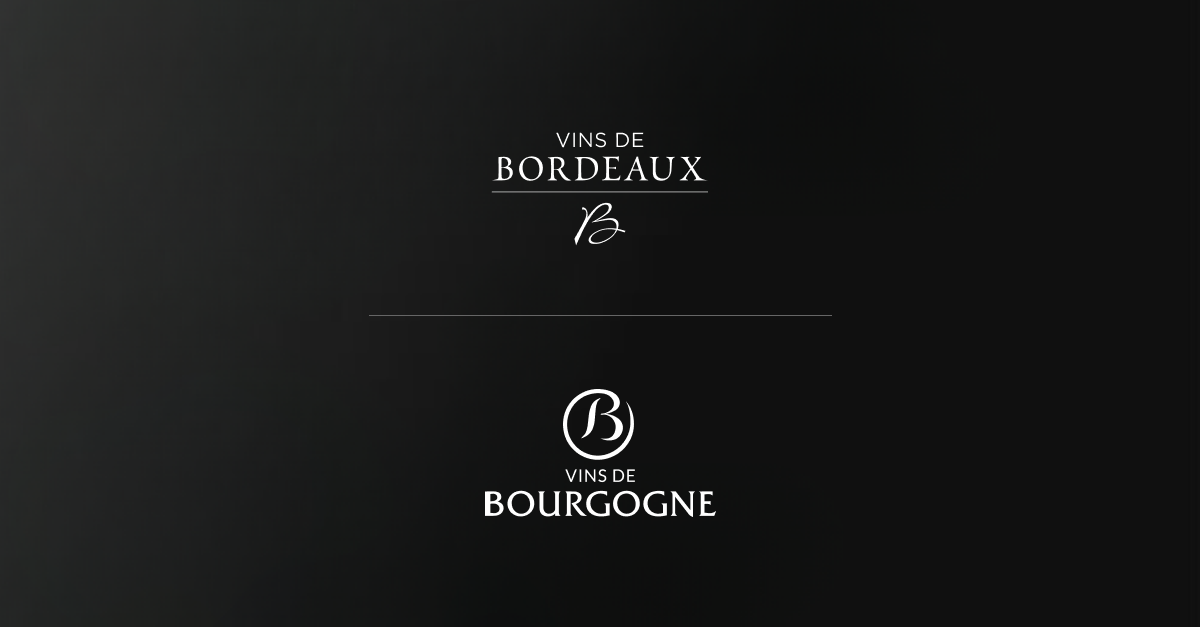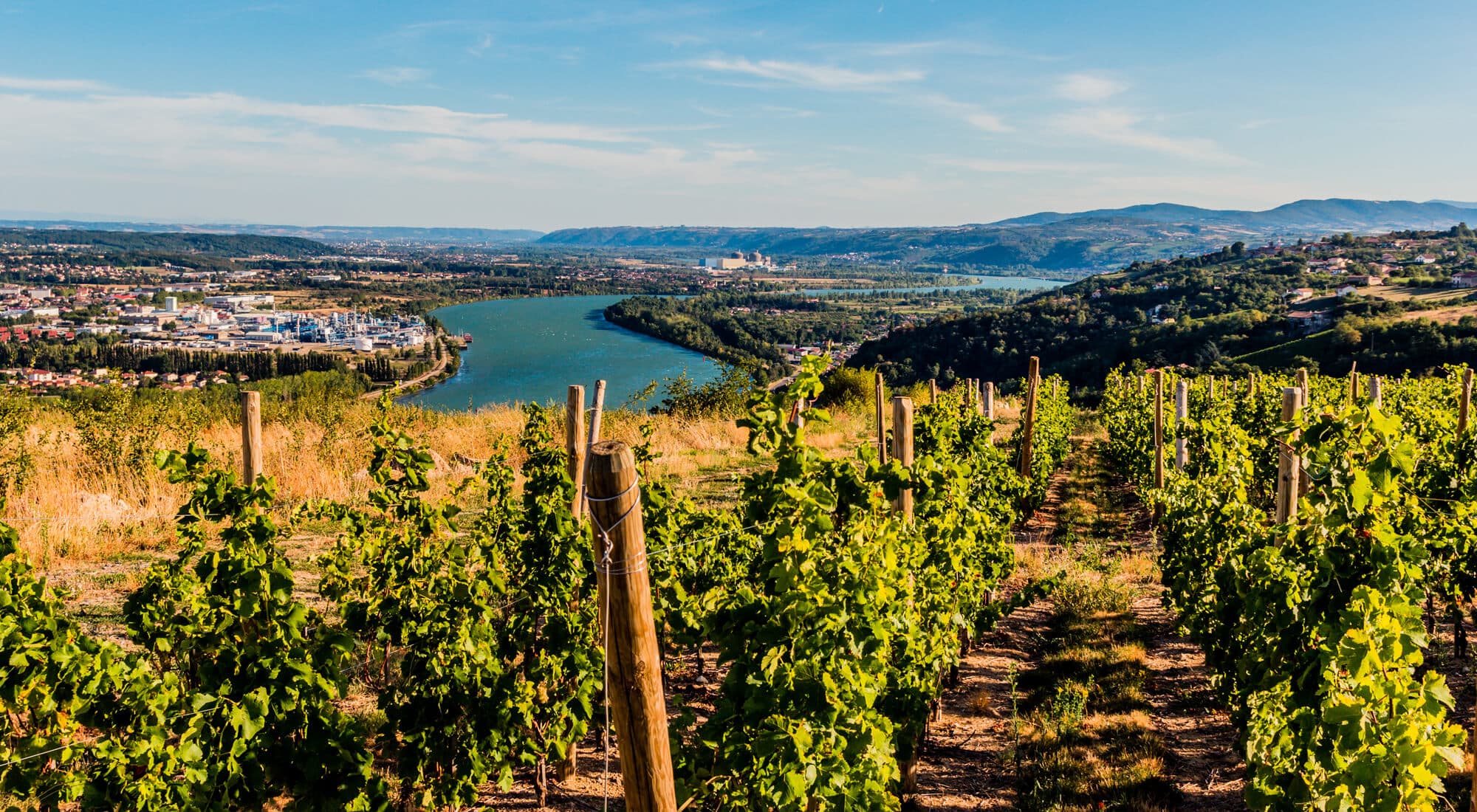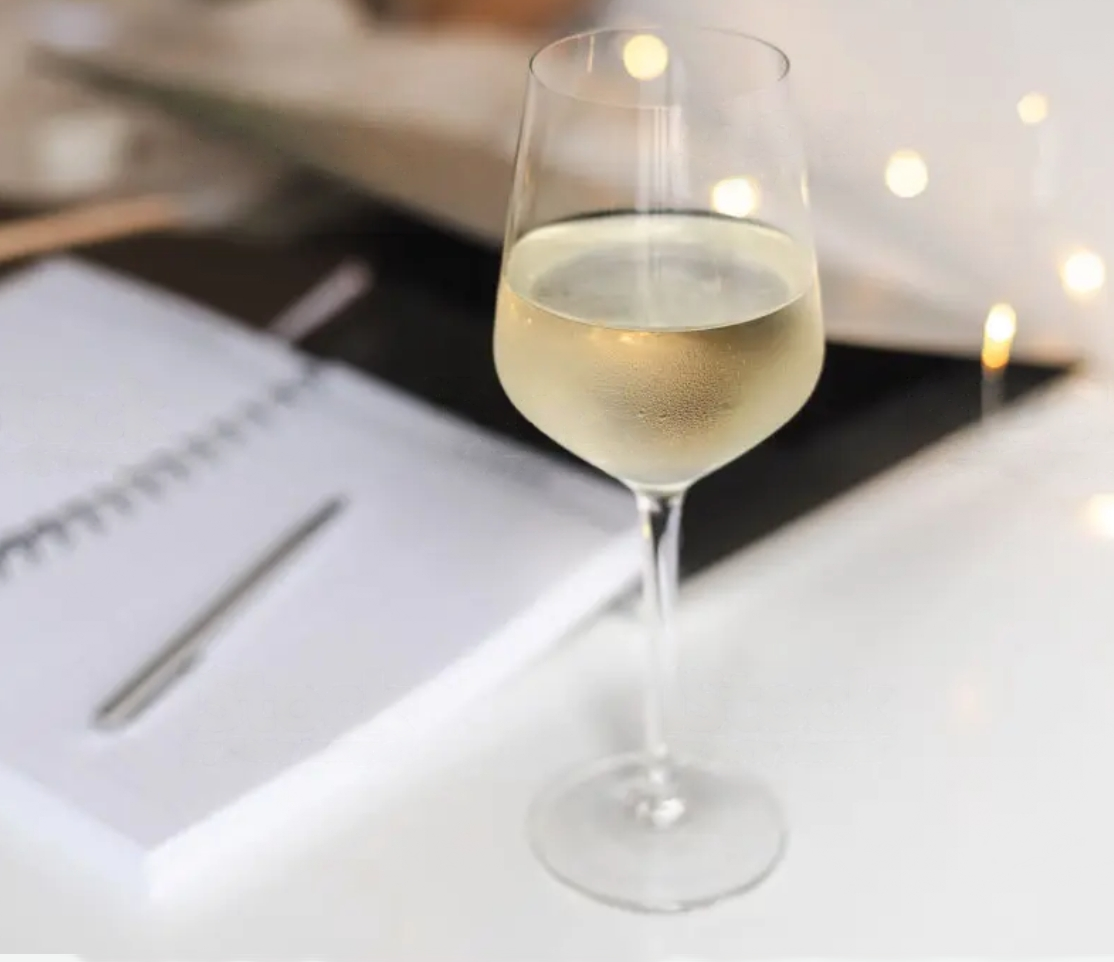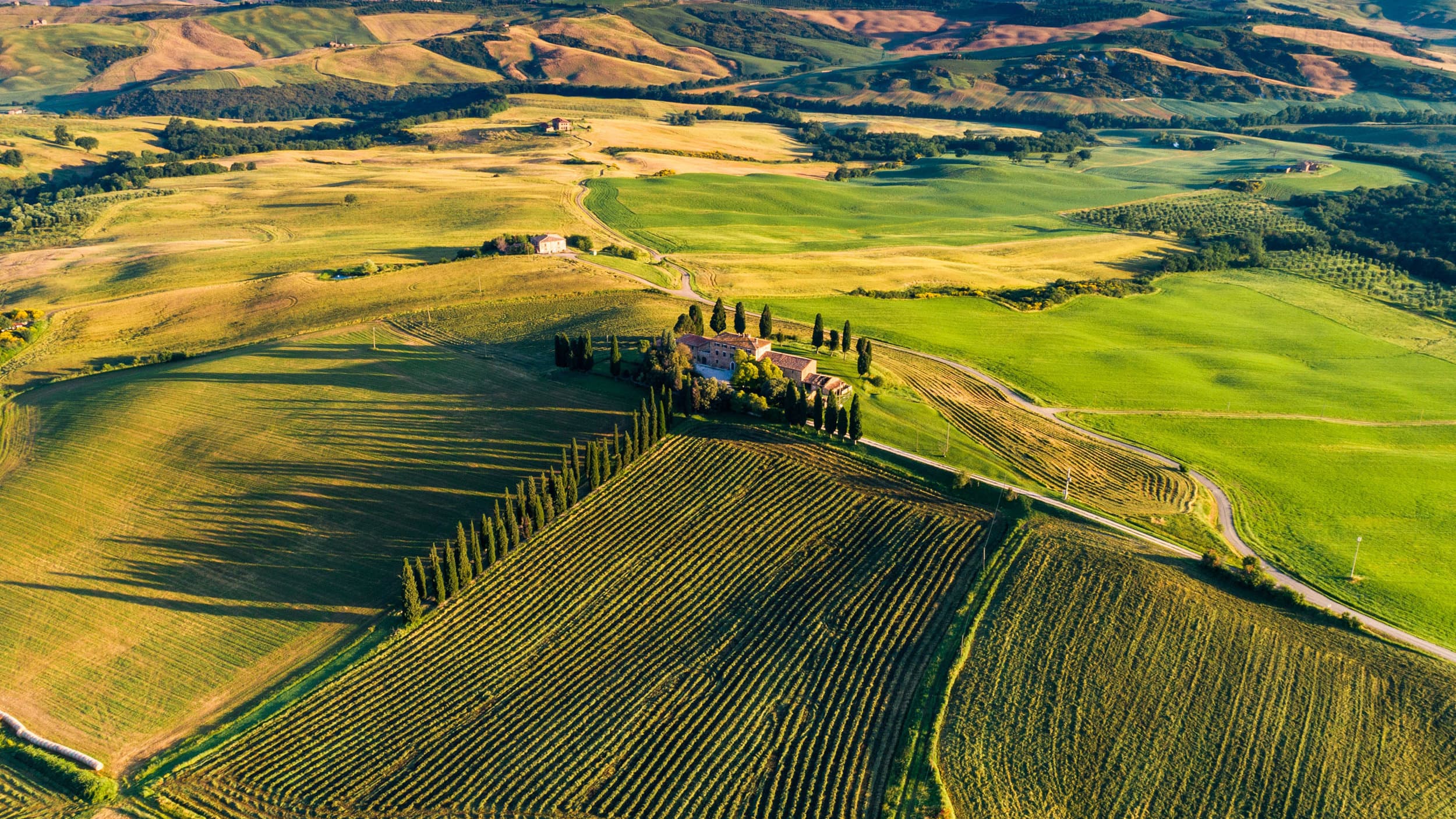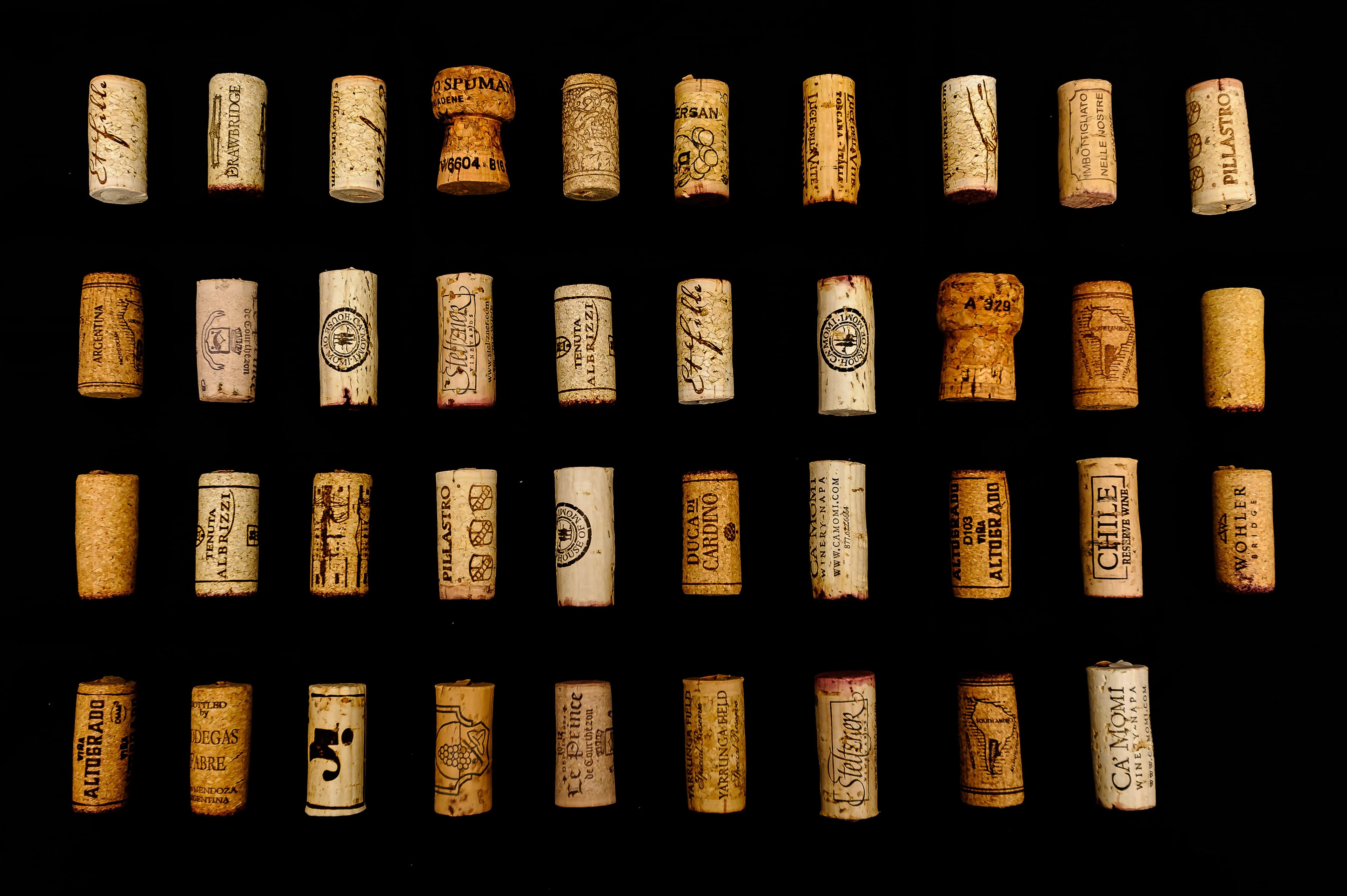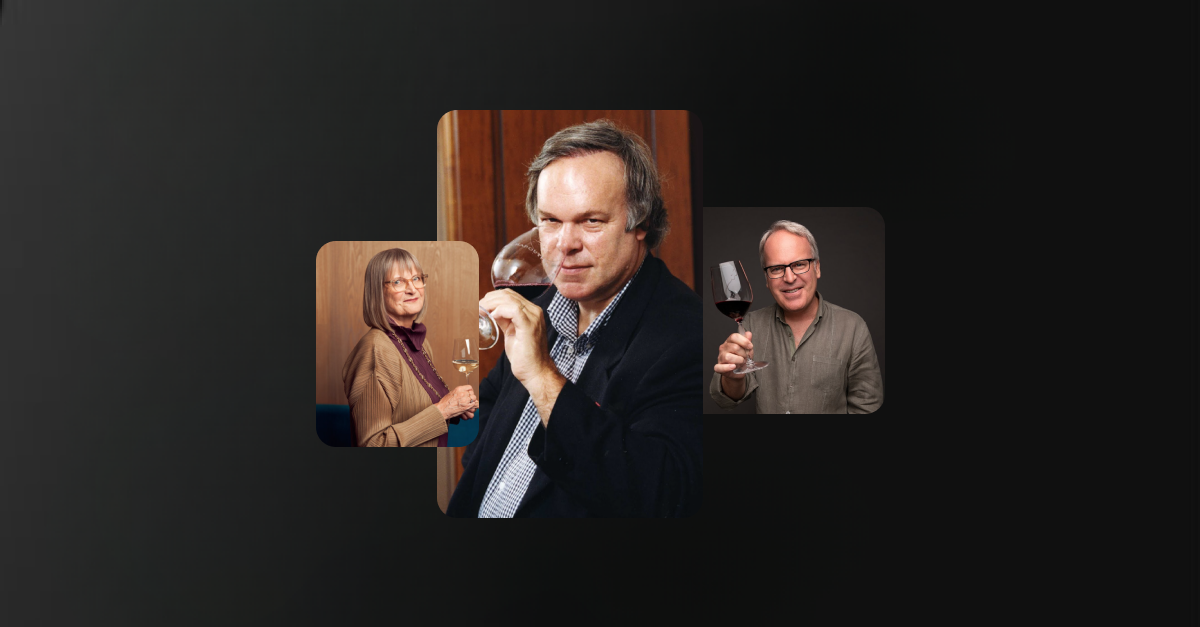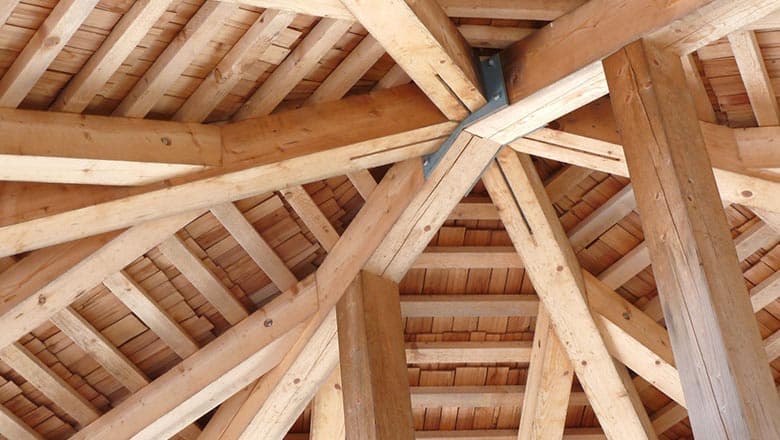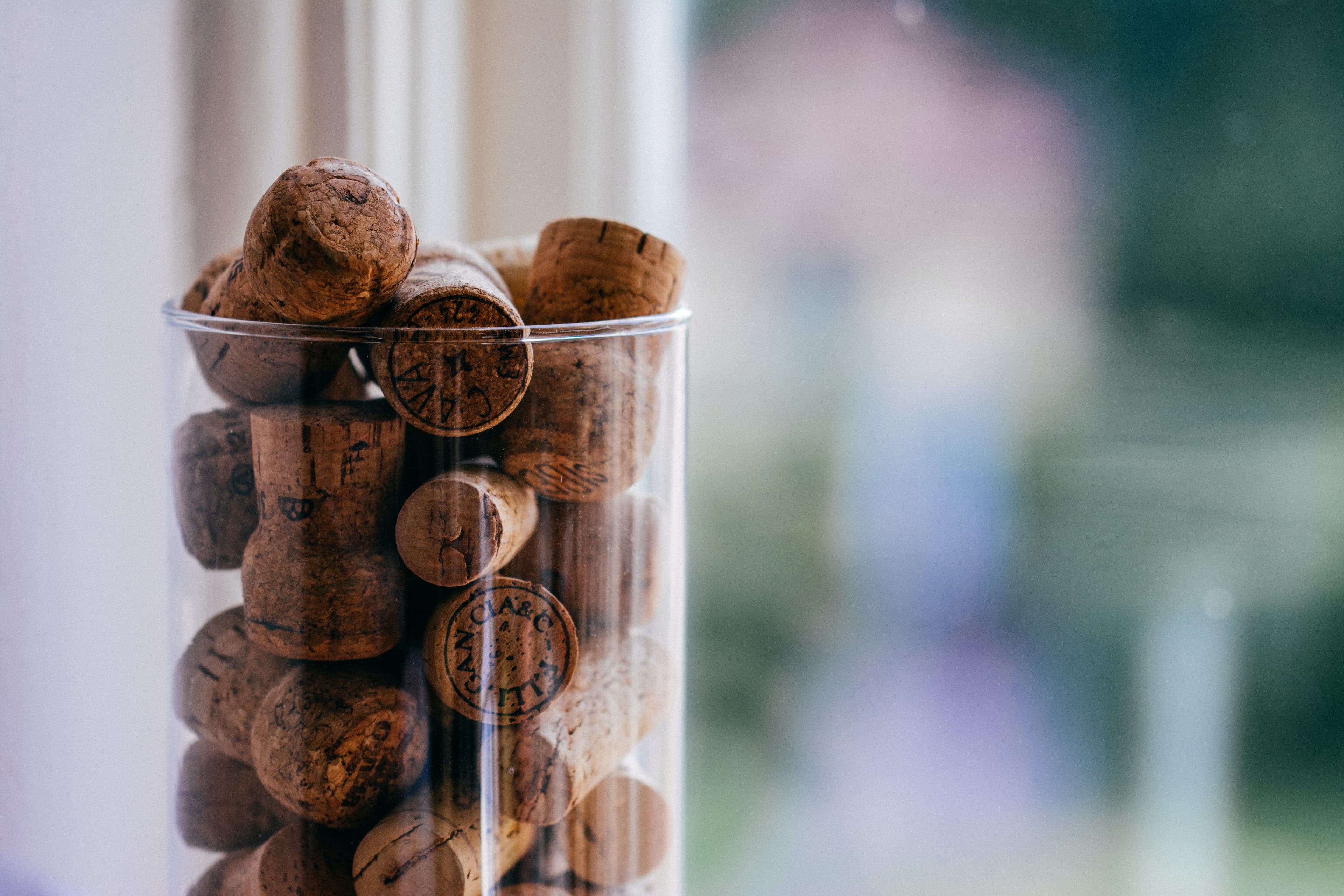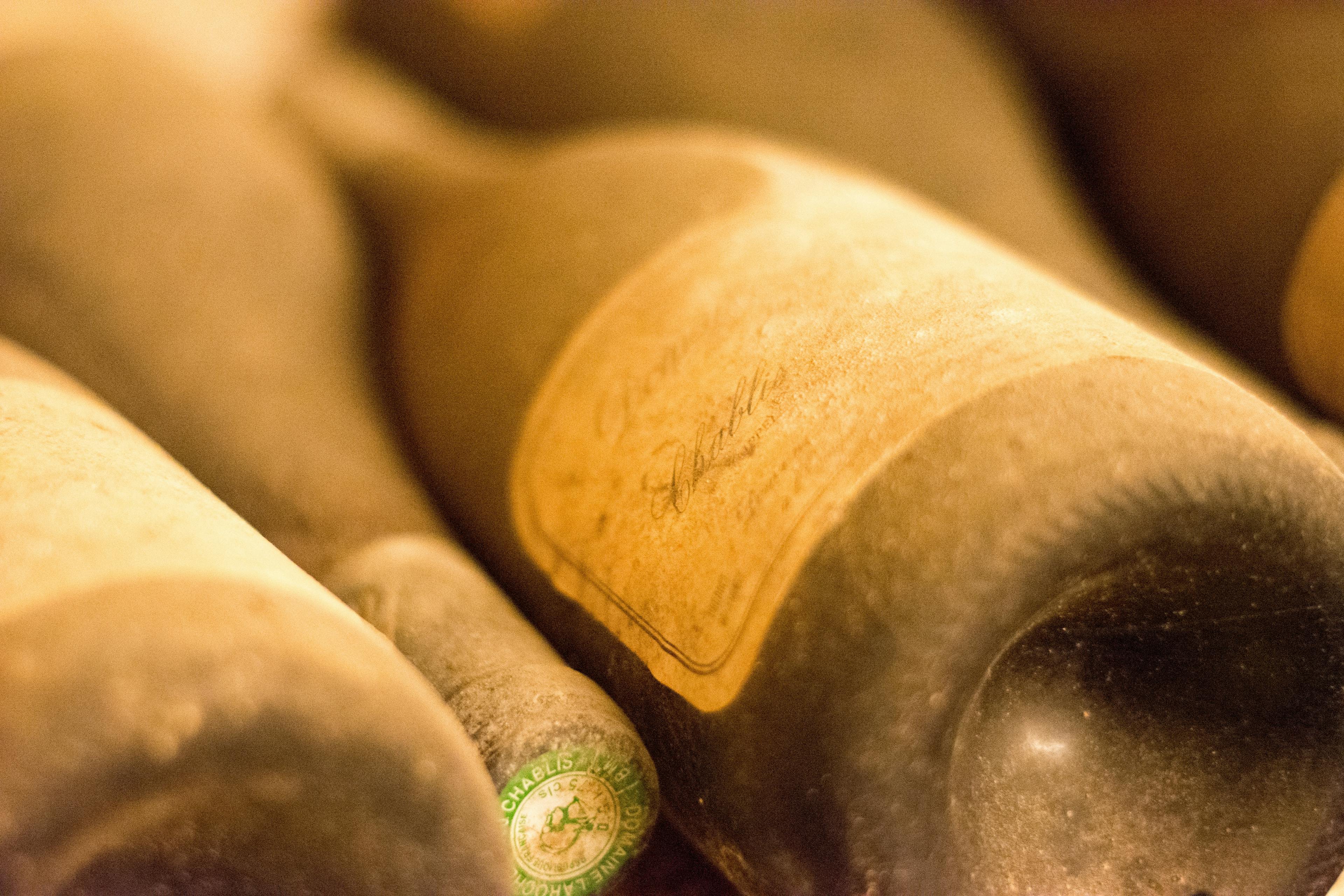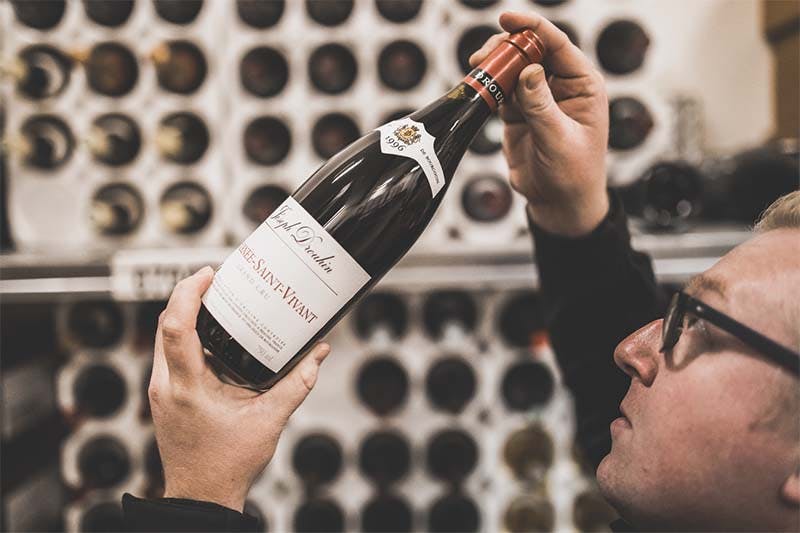
Serving wine, especially a distinguished label like Paul Jaboulet Aîné, requires a blend of tradition and technique. This renowned wine, with its rich history and exquisite flavor profile, demands attention to detail to fully appreciate its complexity. Whether you're a seasoned sommelier or a casual wine enthusiast, understanding the proper serving methods can significantly enhance your tasting experience. From selecting the right glassware to mastering the ideal serving temperature, this article will guide you through the essential steps to honor the legacy of Paul Jaboulet Aîné. Let's delve into the nuances of presenting this prestigious wine with the respect it deserves.
Choosing the Right Glassware for Paul Jaboulet Aîné
When serving Paul Jaboulet Aîné, selecting the appropriate glassware is crucial to fully appreciate the wine's complexity and depth. The right glass can enhance the aroma and flavor, making every sip a memorable experience. For reds, particularly those from the Rhône Valley, a large-bowled glass is recommended. This design allows ample space for swirling, which aerates the wine and releases its rich bouquet.
For white wines, a slightly narrower glass is preferable. It helps concentrate the delicate aromas at the top of the glass, intensifying the olfactory experience before tasting. Regardless of color, the quality of the glass should not be compromised. Opt for crystal over standard glass to avoid any interference with the wine’s profile.
Understanding the craftsmanship behind each bottle of Paul Jaboulet Aîné will guide your glassware choices. Here are a few tips:
Ensure the glass is spotlessly clean, free from any residues or odors.
Always hold by the stem to prevent warming the wine with your hands.
Consider the age of the wine; older vintages might benefit from decanting, which requires a different type of glass.
Ideal Serving Temperature for Paul Jaboulet Aîné
When serving Paul Jaboulet Aîné, achieving the optimal temperature is crucial for maximizing the wine's aromatic profile and overall taste experience. Red wines, such as the renowned Hermitage La Chapelle, should be served slightly cooler than room temperature, typically around 16-18°C (60-65°F). This cooler temperature helps to highlight the rich, complex flavors and maintain a balanced structure.
For white wines like the Chevalier de Sterimberg, a cooler range of 10-12°C (50-54°F) is ideal. At this temperature, the crisp acidity and vibrant fruit flavors are more pronounced, enhancing the wine's freshness and aromatic qualities.
Rosé wines from Paul Jaboulet Aîné, including the Parallèle 45, should be chilled to about 8-10°C (46-50°F). This ensures that the delicate fruity and floral notes are well-preserved, providing a refreshing and enjoyable drinking experience.
By enjoying Paul Jaboulet Aîné at these recommended temperatures, connoisseurs and casual drinkers alike can fully appreciate the depth and nuances of these exceptional wines.
Decanting Paul Jaboulet Aîné: Is it Necessary?
Decanting Paul Jaboulet Aîné wines often sparks debate among wine enthusiasts. Understanding the history of these prestigious wines can provide insight into whether this process is essential. Typically, decanting is used to separate the wine from any sediment that has formed and to aerate the wine, allowing it to express more of its aromas and flavors.
For older vintages of Paul Jaboulet Aîné, decanting can be crucial. These wines, having matured for many years, might have developed sediment. Carefully decanting ensures that the sediment remains in the bottle, not in your glass, enhancing the overall drinking experience.
However, with younger vintages, the necessity of decanting is less clear. These wines are less likely to contain sediment and are often more vibrant and ready to drink without the need for aeration. In such cases, decanting might not enhance the wine significantly and could even risk diminishing its youthful vigor.
In conclusion, whether or not to decant Paul Jaboulet Aîné wines depends largely on the age and specific characteristics of the bottle in question. Wine lovers should consider these factors when deciding how to best enjoy their bottle.
The Role of Aeration in Enhancing Flavors
Aeration plays a crucial role in enhancing the flavors of Paul Jaboulet Aîné wines. When wine interacts with air, it allows the volatile compounds to evaporate slightly, which can reduce the perception of ethanol and increase the aroma complexity. This process is particularly beneficial for robust wines, as it softens tannins and helps to integrate the flavors more harmoniously.
For optimal aeration, consider these methods:
Decanting: Pour the wine into a decanter a few hours before serving. This exposes a larger surface area of the wine to air, speeding up the aeration process.
Using an aerator: This device causes the wine to mix with air as it is poured, providing immediate aeration. It’s ideal for those who do not have time to decant.
Swirling in the glass: Simply swirling wine in your glass can also introduce enough air to trigger aeration, enhancing the characteristics of the wine.
Each method varies in its effectiveness depending on the type of wine and its age. Experimenting with different techniques can reveal the most suitable approach for your specific bottle of Paul Jaboulet Aîné.
Serving Paul Jaboulet Aîné at Events: Tips and Tricks
When planning to serve Paul Jaboulet Aîné at your next event, it's essential to consider several key aspects to enhance the experience for your guests. First, ensure that the wine is served at the optimal temperature. Reds should be slightly below room temperature, around 16-18°C, while whites thrive at a cooler 8-12°C. This temperature range helps to unlock the full bouquet and flavor profile of the wines.
Proper glassware is another crucial element. Use large, rounded glasses for reds to allow the wine to aerate and release its complex aromas. Whites, on the other hand, are best served in narrower glasses to concentrate the delicate scents.
For those interested in the rich history and production nuances of these wines, incorporating educational elements can add a sophisticated touch. Providing a brief presentation or printed materials about the facts can greatly enhance guest appreciation.
Decant red wines at least 30 minutes before serving.
Chill white wines several hours prior to the event.
Offer a variety of vintages to cater to different palates.
By following these tips, you'll ensure that Paul Jaboulet Aîné wines are a memorable part of your gathering.
How Long to Let Paul Jaboulet Aîné Breathe
Decanting Paul Jaboulet Aîné wines is a crucial step to enhance their flavor profile. The duration for which these wines should breathe varies depending on the vintage and specific varietal. Generally, younger wines benefit from longer aeration to soften tannins and open up their aromatic complexity. For older vintages, which are more delicate, a shorter decanting time is advisable to prevent the loss of nuanced flavors.
Young Red Wines (1-10 years): These should be decanted for about 2 to 3 hours before serving. This allows ample time for oxygen to interact with the wine, enhancing its taste and overall drinking experience.
Mature Red Wines (10-20 years): A decanting time of 30 minutes to 1 hour is sufficient. Since these wines have had more time to develop, they require less exposure to air to release their full spectrum of aromas and flavors.
Very Old Wines (20+ years): It is often best to decant these just before serving, typically around 15 to 30 minutes, to ensure that their fragile characteristics are preserved.
Using a Wine Thermometer for Precision
Using a wine thermometer ensures that Paul Jaboulet Aîné is served at the ideal temperature, enhancing its flavors and aromas. This precision is crucial, especially when considering the impact of temperature on the wine's interaction with various dishes. A slightly cooler or warmer serving can dramatically alter the tasting experience.
For reds like the Hermitage La Chapelle, aim for about 16-18°C. This range helps to highlight the robust flavors and complex aromas. Whites and rosés, such as Parallèle 45, should be slightly chilled to around 8-12°C to maintain their crispness and refreshing qualities.
When pairing these wines, consider the following:
Rich meats like lamb or beef complement the boldness of Hermitage.
Delicate fish or seafood can enhance the subtlety of a chilled rosé.
Spicy Asian dishes are a perfect match for the aromatic whites.
For more detailed suggestions on food pairings, exploring specific combinations can elevate both the meal and the wine, creating a harmonious dining experience.
The Importance of Pouring Technique
Pouring technique is crucial when serving wine, especially with popular vintages of Paul Jaboulet Aîné. The method used can significantly influence the wine's exposure to oxygen, which affects its aroma and flavor. To ensure the best tasting experience, consider the following steps:
Temperature Check: Before pouring, make sure the wine is at the ideal temperature. Reds typically require room temperature, whereas whites are best served chilled.
Decanting: For older or more sediment-heavy wines, decanting is a beneficial step. This process not only removes sediment but also allows the wine to breathe, enhancing its character.
Use the Right Glass: Different wines flourish in different types of glasses. For instance, fuller-bodied reds do well in larger, rounder glasses that give them space to aerate.
Pouring Angle: Tilt the glass at a 45-degree angle when pouring to control the flow and prevent splashing, which can disrupt the wine’s composition.
Fill Level: Avoid filling the glass more than halfway. This practice gives the wine enough room to be swirled, which releases its aromas.
Implementing these techniques will maximize the enjoyment of each sip, making every glass served a testament to the wine's quality and heritage.
Handling Older Vintages of Paul Jaboulet Aîné
Handling older vintages of Paul Jaboulet Aîné requires meticulous attention to detail to preserve their quality and enhance their aging potential. When considering how to store these prestigious wines, several key factors must be taken into account:
Temperature Control: Maintain a constant cellar temperature between 12°C and 14°C. Fluctuations can cause the wine to expand and contract, potentially damaging the cork and allowing air to enter the bottle.
Humidity Levels: Aim for a humidity level of about 70%. This prevents the cork from drying out while discouraging mold growth.
Light Exposure: Keep bottles in a dark environment. Exposure to light can degrade the quality of wine over time, particularly for those encased in clear bottles.
Orientation: Store bottles horizontally to keep the cork moist, which is essential for a tight seal.
Vibration: Avoid placing your wine in areas with heavy traffic or mechanical vibrations. These can disturb the sediment in older wines, disrupting their natural aging process.
Recap: Steps to Serve Paul Jaboulet Aîné Perfectly
To ensure that you serve Paul Jaboulet Aîné wine perfectly, follow these detailed steps:
Temperature Control: Begin by chilling the wine to the ideal temperature. Reds should typically be served between 60-65°F, while whites and rosés are best between 50-60°F. Use a wine thermometer to check the temperature accurately.
Decanting: For red wines, especially older vintages, decanting is crucial. This process helps to separate the wine from any sediment that may have formed and also aerates the wine, enhancing its flavors and aromas. Pour the wine slowly into a decanter and let it breathe for about an hour.
Glassware: Choose the right glass to enhance the wine's characteristics. Reds generally require a larger bowl to allow the aromas to develop fully, whereas whites and rosés are served in narrower glasses to concentrate the bouquet.
Pouring: When pouring the wine, fill the glass to about one-third of its capacity. This gives the wine ample space to swirl, releasing more of its distinctive notes.
Serving: Finally, serve the wine at a leisurely pace to appreciate its full range of flavors and aromas. Enjoy the wine in a calm setting to enhance the tasting experience.
Conclusion
In conclusion, serving Paul Jaboulet Aîné wines with the right technique not only enhances the drinking experience but also respects the rich heritage and meticulous craftsmanship behind each bottle. From selecting the appropriate glassware to mastering the correct serving temperature and decanting process, each step plays a crucial role in unfolding the full spectrum of aromas and flavors that these prestigious wines have to offer.
At Rekolt, we understand the importance of preserving the integrity and quality of fine wines like Paul Jaboulet Aîné. That's why we offer specialized services such as professional cellar storage, ensuring that your wine remains in optimal condition, ready for the moment you choose to serve it. This service is particularly beneficial for wine enthusiasts looking to maintain or even enhance the value of their wine, as proper storage is key to achieving this.
Furthermore, our marketplace not only facilitates the purchase and enjoyment of these exquisite wines but also supports the trading and resale of bottles, providing a comprehensive platform for wine lovers to explore and engage with the world of fine wine. Whether you are a seasoned collector or a newcomer eager to discover the nuances of well-served Paul Jaboulet Aîné, Rekolt is here to enhance your experience with every glass poured.
Share this article
